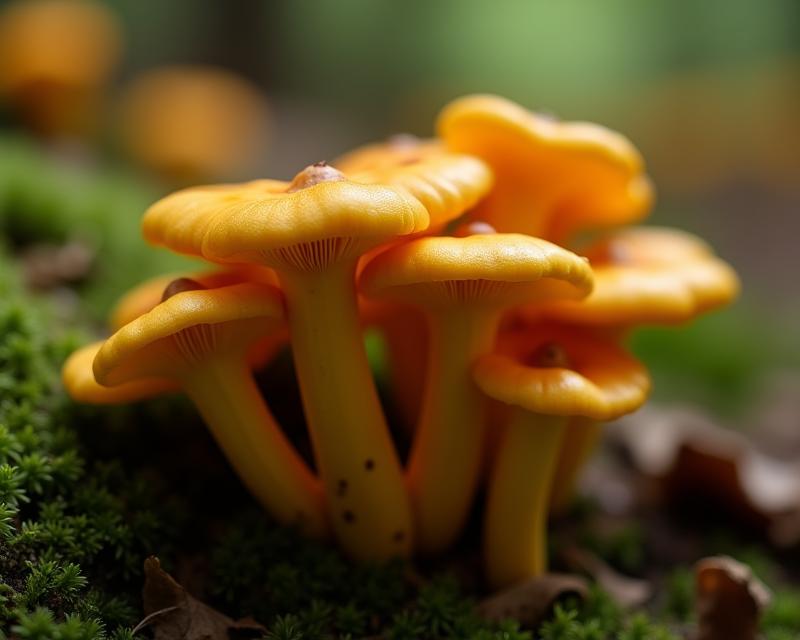Chanterelle ID: Real vs. False!
Publish in Crops el 04/07/2025 01:05
Chanterelle Identification: A Forager's Guide
For those of us who appreciate the bounty of the land, foraging for wild mushrooms can be a rewarding experience. But with that reward comes responsibility – accurate identification is *crucial*! Chanterelles, with their beautiful golden color and delicate aroma, are highly sought after. However, they have look-alikes, particularly the False Chanterelle ( *Hygrophoropsis aurantiaca*), which can be poisonous and cause gastrointestinal distress. This guide will help you confidently distinguish the delicious, true Chanterelle (*Cantharellus cibarius*) from its deceptive cousin.

Key Features of True Chanterelles
The most reliable way to identify a true Chanterelle is through a combination of features. First, look at the **gills**. True Chanterelles have *decurrent* gills, meaning the gills run down the stem, not attached to it. They are also forked or blunt, not sharply pointed like the False Chanterelle. Second, the aroma is a key indicator. Chanterelles have a fruity, apricot-like scent. False Chanterelles often have a chemical, almost rubbery odor, which is a major red flag. Finally, the color is important. True Chanterelles are a vibrant, consistent golden yellow. False Chanterelles tend to be more orange and can have variations in color.
Distinguishing from False Chanterelles
The False Chanterelle is a common look-alike. It’s often found in similar habitats, which can make identification tricky. The False Chanterelle’s gills are sharply defined and attached to the stem, a key difference. It also lacks the pleasant fruity aroma of the true Chanterelle. Another telltale sign is the texture. True Chanterelles are generally smooth and firm. False Chanterelles can be a bit more watery and have a slightly slimy texture when handled. Pay close attention to the stem – true Chanterelles have a solid stem that is the same color as the cap, while False Chanterelles have a stem that is often lighter in color and more fragile.
Important Safety Note
Never eat a mushroom unless you are 100% certain of its identification. When in doubt, throw it out! There are many resources available, including local mycological societies and experienced foragers. It's always a good idea to start with a knowledgeable guide and learn from them before venturing out on your own. Enjoy the beauty and bounty of nature responsibly and safely. Happy foraging!





